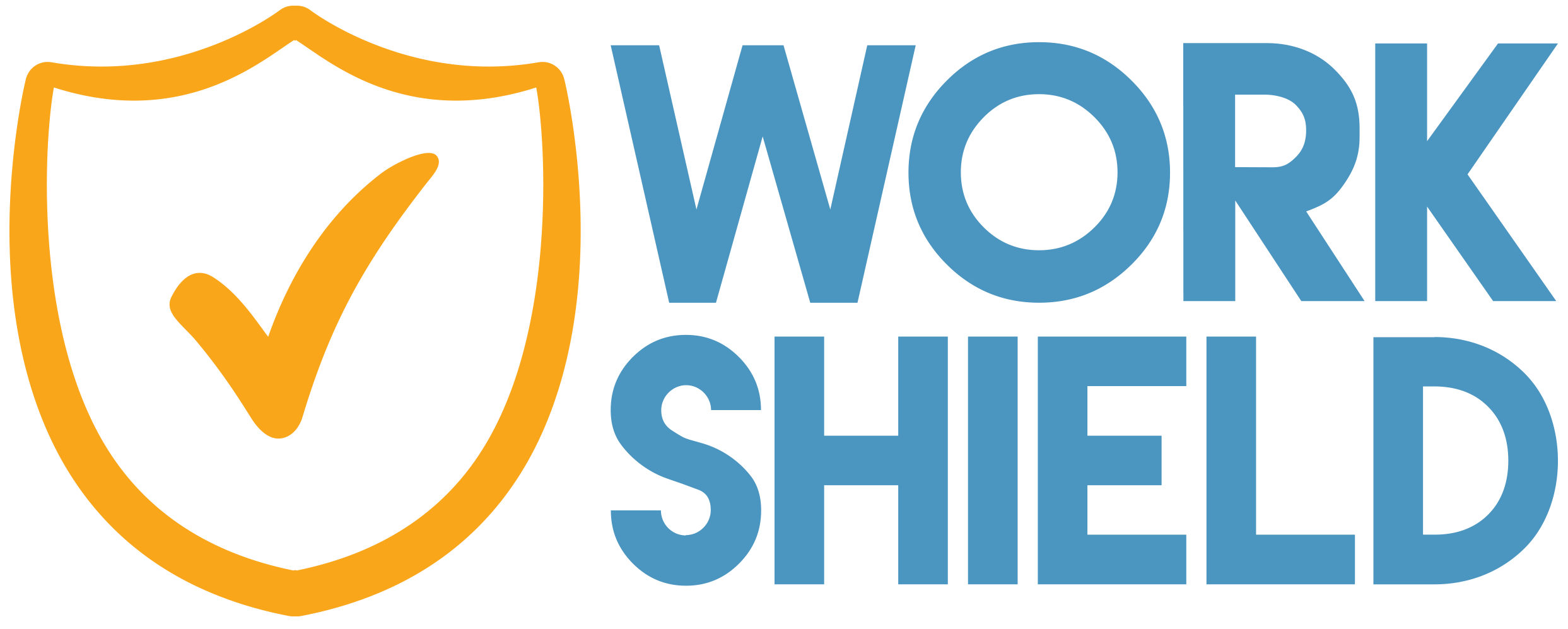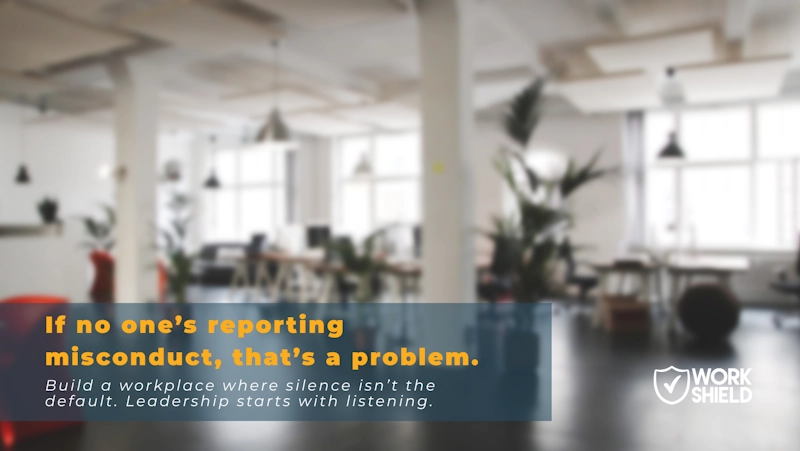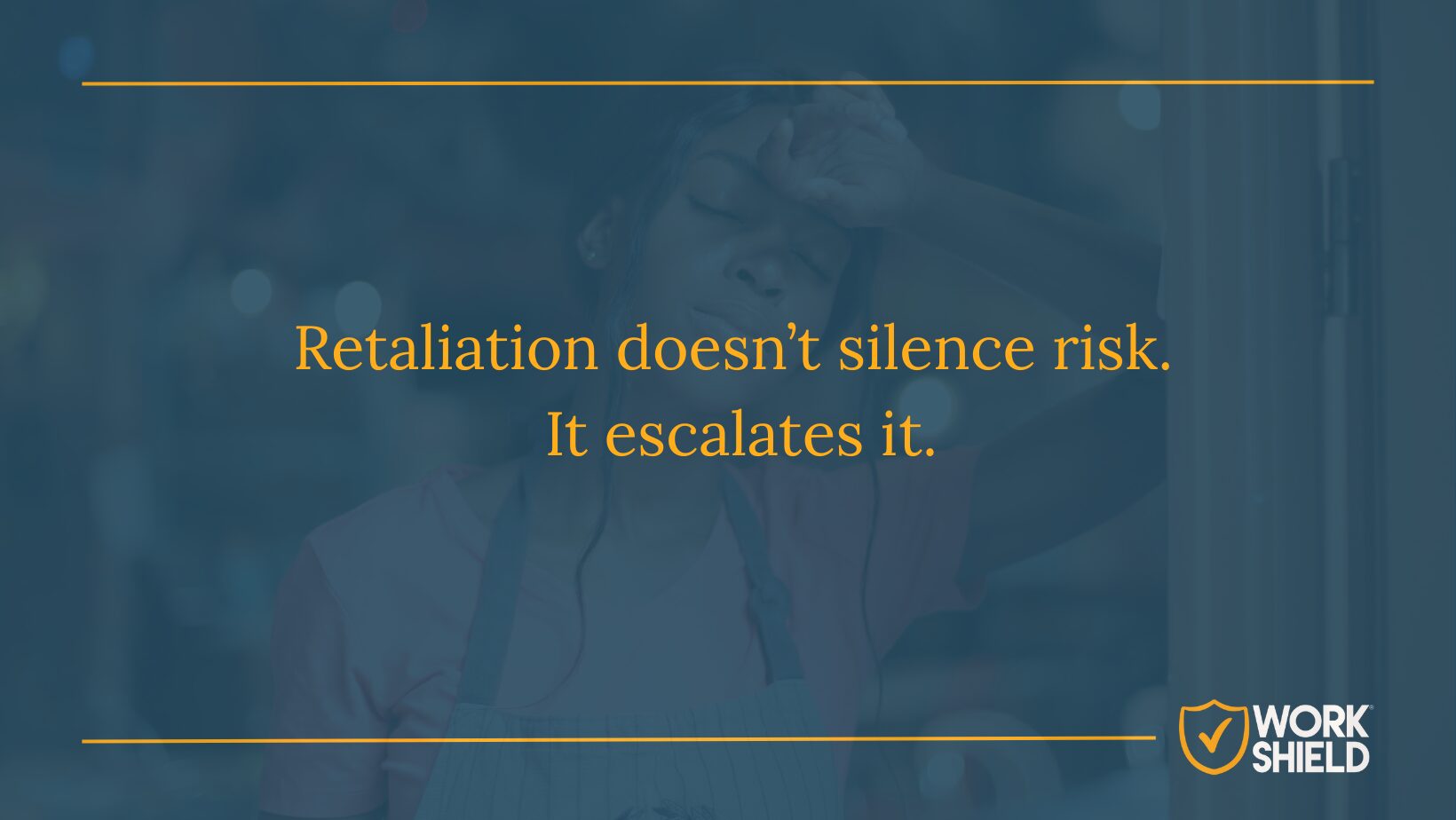It’s sometimes hard to describe exactly what has happened in these cases. Whether intentional or unintentional, the behavior or comment is almost always subtle.
On the surface, microaggressions often come across as compliments, but then leave the recipient and bystanders feeling uncomfortable, or worse. With a little grace, one or two microaggressions are even dismissible by the most level-headed of us. But over time and continued occurrences, these subtle insults wear on our co-workers – ultimately contributing to the creation of toxic workplace environments and even harassment or discrimination claims.
Microaggression Refresher
The most common type of microaggression seems to come in the form of stereotyping – based on race, gender, ethnicity, the list is endless. But here’s a quick refresher on some more subtle types of workplace microaggressions and some example(s) of what one might say or do committing the offense:
Role Reversal: Ascribing Racial or Gender-based Stereotypes
“She’s a ball-buster.”
“You’re the whitest Black person I know.”
“You don’t look like a lesbian.”
OverTalking
“What she/he is trying to say is…”
Benevolent Sexism
“You should go home. I know your family needs you.”
“Jim brought some homemade cookies today. They’re so good, and his wife didn’t even help make them!”
Invalidating Intelligence
“Not bad coming from the newbie.”
“I didn’t know an old person could be so good at learning new technology.”
Physicality
“Don’t lift that, you’ll get a hemorrhoid!”
“There’s a person in the lobby causing a lot of problems. Jason looks like he works out a lot – ask him to deal with the situation.”
The Significance of Microaggressions
While not likely to do so in public forums, some argue microaggressions are not highly significant, even laughing them off. But claiming they are insignificant, even in private conversations, perpetuates the problem. In reality, microaggressions in the workplace are just subtle forms of harassment and discrimination. They are harmful, offensive, and can cause lasting damage to employees, cultures and organizations at large.
In fact, the bottom line and cultural impact of ongoing microaggressions in the workplace is similar to that of a company that has turned a blind eye to overt discrimination and harassment among its ranks. Some effects of ongoing microaggressions in the workplace:
- Lower Productivity and Profitability
- Increased Absenteeism
- Decreased Employee Engagement
- Increased Turnover
- Less Diverse, Equal and Inclusive Cultures
- Increased Risk of Employment Claims
New Times Require New Measures
When companies set expectations for employee behavior in word and in deed, and give their employees a real voice to be heard, both employees and employers will be better protected. More bad behavior will be reported and dealt with faster. Employee engagement will improve. Productivity will increase. Culture will improve. And companies will be at lower risk of legal action, bad press and hefty legal fees.
How do companies do this effectively?
Training
Ensure employees understand that microaggressions are just subtle forms of harassment or discrimination. And that they won’t be tolerated. Include it in your Code of Conduct. Include it in your training materials.
Start at the Top
Ensure a positive culture is instituted at every level of the organization. Managers should have a “lead by example” mentality. Offensive comments directed to or about a person that are said in private or behind closed doors also perpetuate toxic workplaces.
Give Employees a Real Voice
Ensure employees have a safe, impartial way for their voices to be heard. According to the EEOC, 75% of workplace incidents aren’t reported due to retaliation or fear of a hostile work environment; the percentage of ongoing microaggressions not reported is probably even higher. And when incidents aren’t reported, problems continue and employees, employers and company cultures are put at increasing risk. Anonymous hotlines, reporting apps and open door policies are not enough to remove this fear and give employees a real voice.
Third Party Investigations
Internal incident investigations (by a supervisor, manager, HR, etc…) also contribute to employees’ fear of retaliation and thus, lack of reporting. The only way to remove that fear completely, for employees to feel they have a real voice to be heard, and to protect both employees and employers is by using an impartial third-party like Work Shield to manage the entire process – incident reporting, impartial investigations and resolution recommendations.
While microaggressions are often unintended, or said without thinking, we are facing perpetuating and systemic racism, bias and discrimination that still exists in our country. We should expect more of each other and our employees. And in the end, business owners and managers have to implement new standards in word and in deed to protect employees from harmful behavior and organizations from liability.
About Jared Pope
Jared is Founder and CEO of Work Shield, the only start-to-finish workplace harassment and discrimination reporting, investigation and resolution solution that protects employees, employers and cultures at the same time. Jared practiced law and ran a practice focused on human resources, ERISA, benefits and employment matters for over 15 years and is a knowledgeable resource on workplace culture and harassment and discrimination issues.
Connect with him on LinkedIn.





